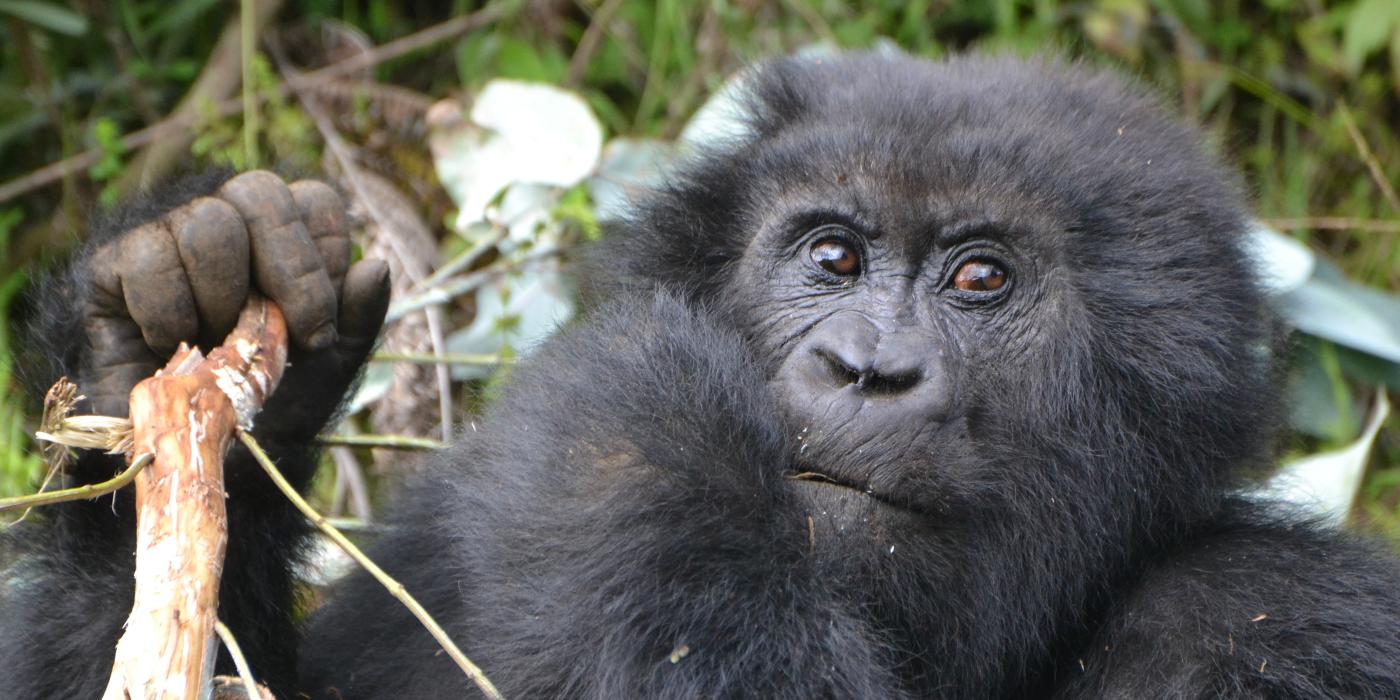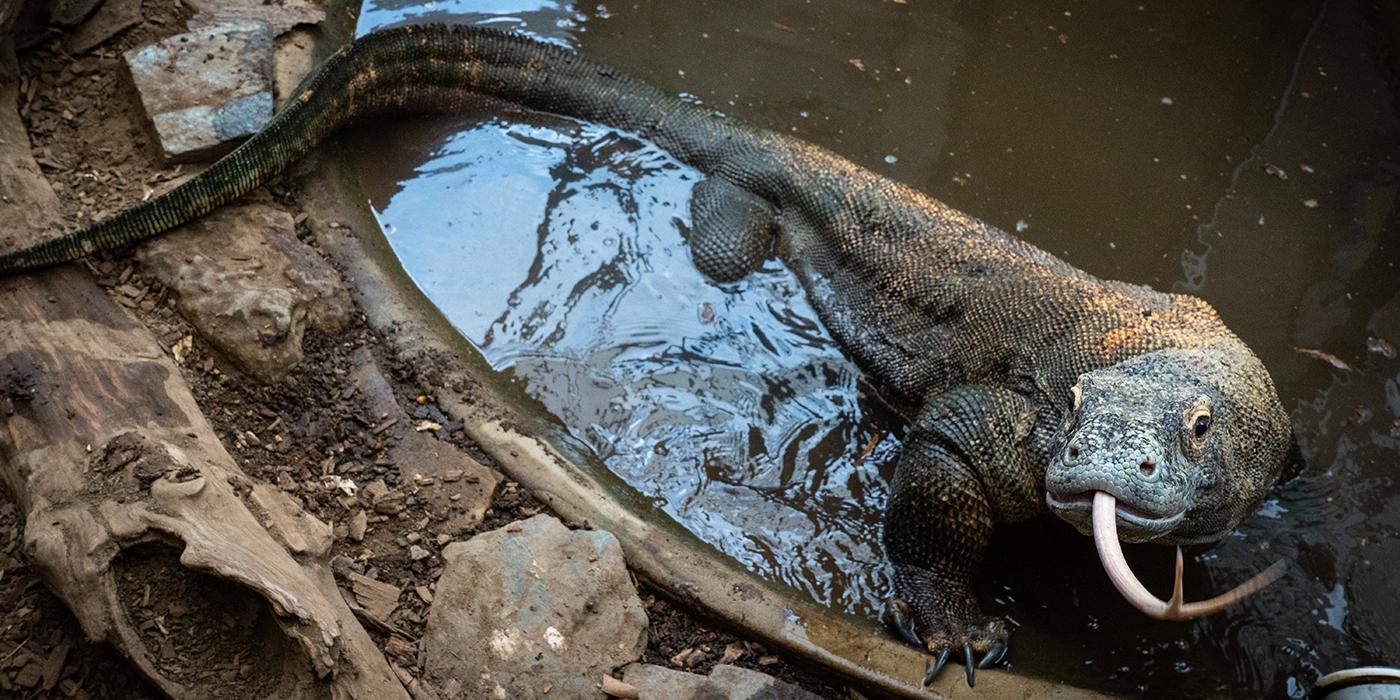A House Call for Mountain Gorillas
In the 1980s, poaching and disease decimated mountain gorilla populations. They might have gone extinct, were it not for a group of dedicated conservationists, including wildlife veterinarians, who stepped up to help. Gorilla Doctors provide care to this critically endangered species: removing snares, treating ailments, and saving lives. In December 2017, Dr. Dawn Zimmerman, a wildlife veterinarian with the Smithsonian Conservation Biology Institute's Global Health Program, traveled to Rwanda and worked with Gorilla Doctors for three weeks. The following is a brief highlight from her travels.
Ab’ I Rwanda barabatashya! Greetings from Rwanda!
It has been four years since I last hiked up the volcanoes of the Virunga Massif to treat one of the 880 remaining mountain gorillas. At that time, a 4-year-old juvenile had been caught in a snare, with the rope so tight around his wrist that he could no longer use his hand. Without intervention, he would have lost his hand from lack of blood supply and possibly his life due to infection. Along with a dedicated group of rangers, the Gorilla Doctors team immobilized the juvenile to remove the snare and provide treatment for pain and infection.
I recognize him—now a healthy and rambunctious 8-year-old blackback, uprooting a giant lobelia in demonstration of his strength. Soon, he will grow into a regal silverback. Perhaps one day he will lead his own family to range across the lush, biodiverse forest surrounding the six volcanoes these gorillas call home.
As Regional Veterinary Manager for University of California, Davis’ Gorilla Doctors program from 2011 to 2013, I had the pleasure of working with the dedicated and talented Rwandan, Ugandan and Congolese veterinarians to monitor the health of this critically endangered species. This international veterinary team provides hands-on medical care to ill and injured mountain and Grauer’s gorillas living in the national parks of Rwanda, Uganda and the Democratic Republic of Congo (DRC).
Today, as a wildlife veterinarian for the Smithsonian Conservation Biology Institute’s Global Health Program, I return to Rwanda to work again with this incredible program. My current position focuses on wildlife health at the human-wildlife interface—which is ever-increasing, concomitant with the human population and impact on environmental resources. This interface is readily apparent in eastern gorilla habitat.
Global Health Program hopes to launch a new study that will measure the impact of cumulative stress on the physiology of individual wild animals, like the gorillas. This research will provide new knowledge that could further support the sustainability of eastern gorillas, both the mountain gorilla and the Grauer’s gorilla.

